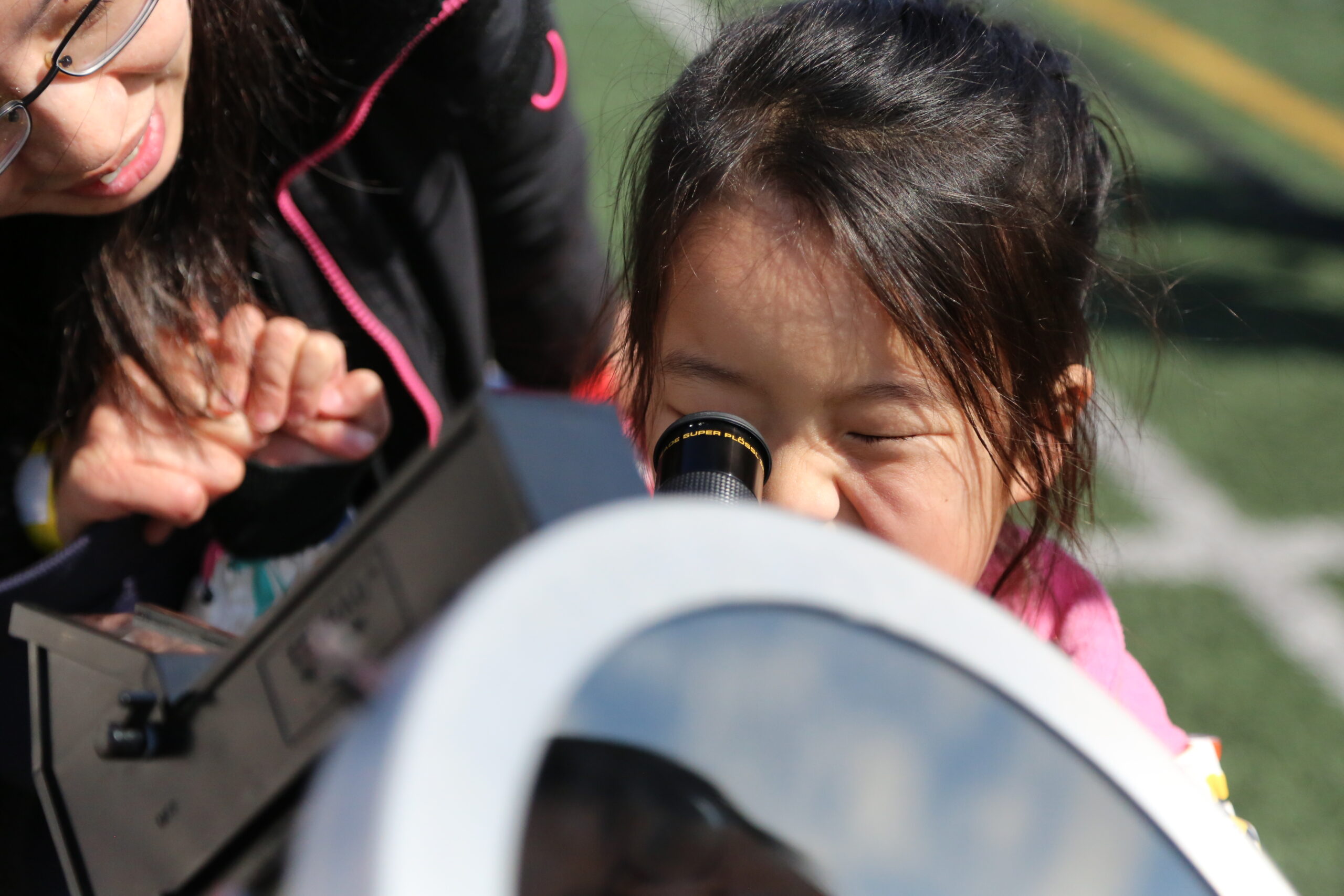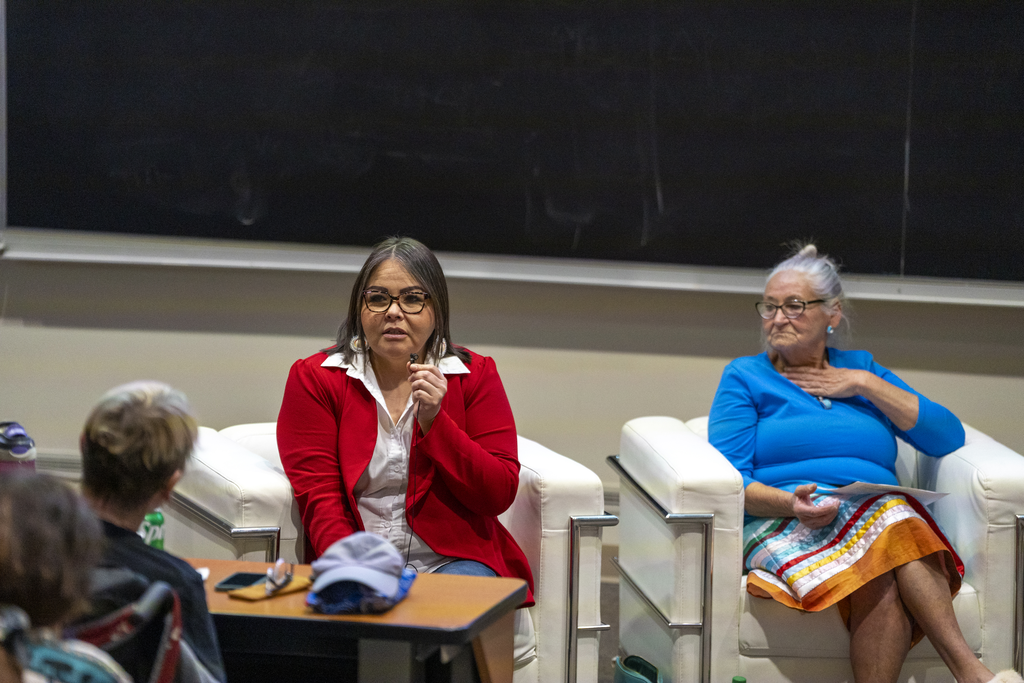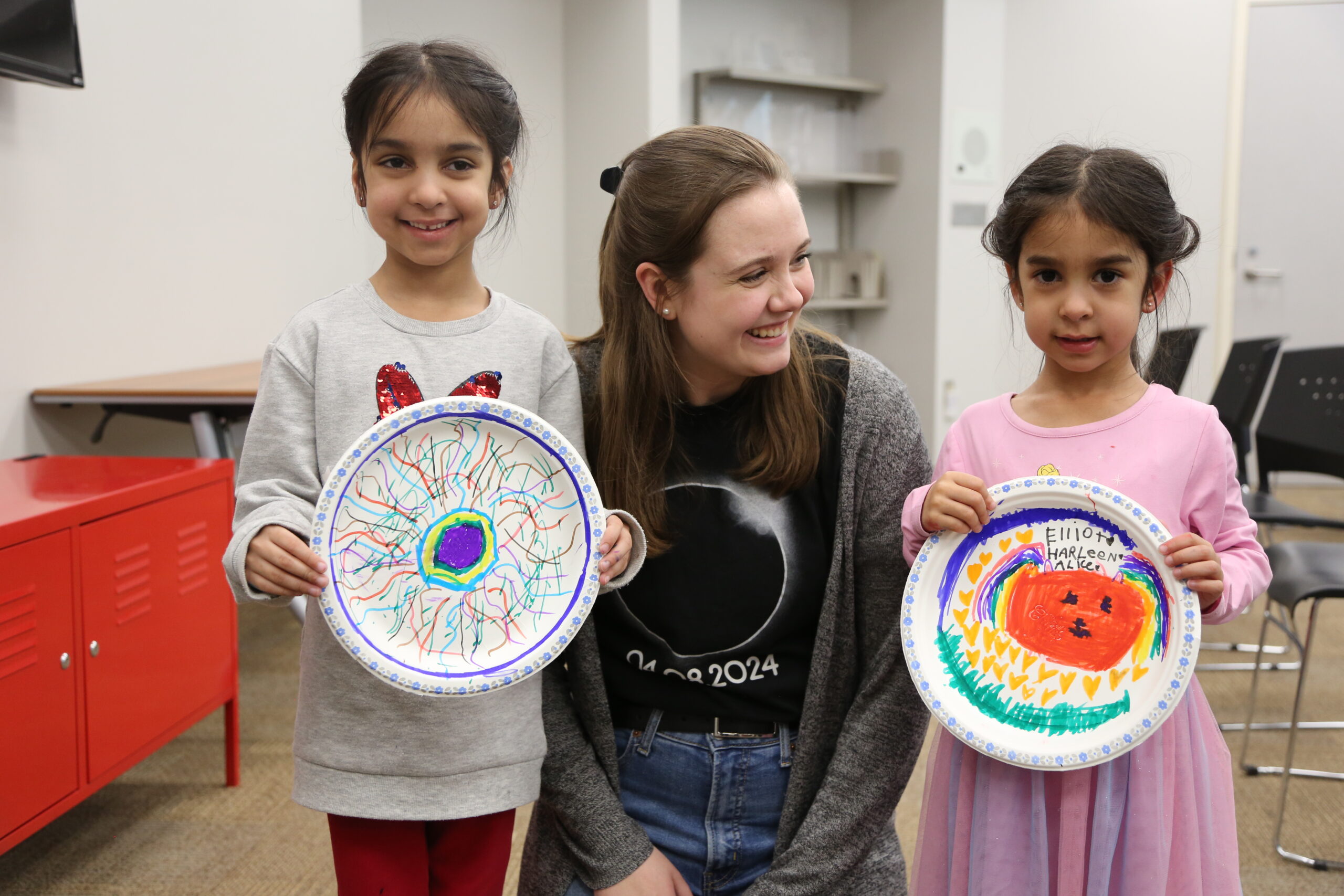Recreating Clusters of Stars with Computer Simulations
The state-of-the-art simulations follow a cloud of interstellar gas 500 light years in diameter, projecting 5 million years’ worth of evolution wrought by turbulence, gravity and feedback from intense radiation pressure produced by massive stars within forming clusters.
The research shows how those forces create dense filaments that funnel gas into what ultimately become super-bright clusters of stars that can merge with other clusters to form vast globular clusters.
Pudritz and Harris, both professors of Physics and Astronomy at McMaster, were Howard’s Ph.D. thesis supervisors and guided his research. Howard recently completed post-doctoral research at McMaster.
Related News
News Listing

Physics and Astronomy grad students offer out-of-this-world view at total solar eclipse viewing party
Community, Engagement excellence, Graduate students
April 8, 2024

The greatest of love stories: Panel shares Indigenous perspectives on the eclipse and astronomy
Community, Faculty, Outreach, science communication
April 8, 2024

